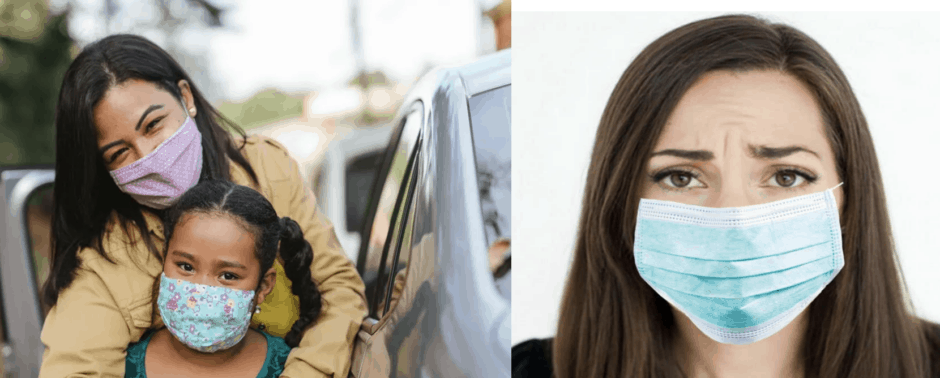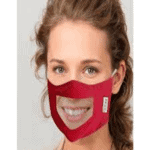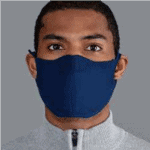UPDATE! The pandemic brought many new challenges for the hearing impaired: communicating at a safe distance and behind a mask! We wanted to share some tips about communicating behind a mask.
Facial expressions, including the position of eyebrows, show emotion which is important for communication.

Gestures reflect thought and unspoken thought. All cultures use gestures!

Clear window masks are great because it allows you to see the entire face. Lip and mouth movements allow us to “lipread” so we can “see” different speech sounds. However, with these masks, speech won’t sound very good! Research from the University of Illinois indicates these masks block the most speech sounds and cause the greatest distortion! Our recommendation is that if you are speaking with someone who is a proficient lip reader or relies heavily on lip cues, this mask would be effective, but you may want to try another type of mask otherwise.

Surgical masks cover the mouth and make it difficult to “lipread” However, according to research, most speech can be heard through the mask! There is only some reduction (about 5dB) for some of the quiet high-frequency speech sounds such as /th/, /f/,/s/.

Cotton masks also cover the mouth and make it difficult to “see” facial expressions and speech. Multi-layer cotton masks reduce more speech sounds than surgical masks, but research shows they are one of the better masks for hearing speech. Just be sure to use a multi-layer cotton mask.
For more communication tips and how to self-advocate, contact our office and learn more about our AUDITORY TRAINING CLASSES.